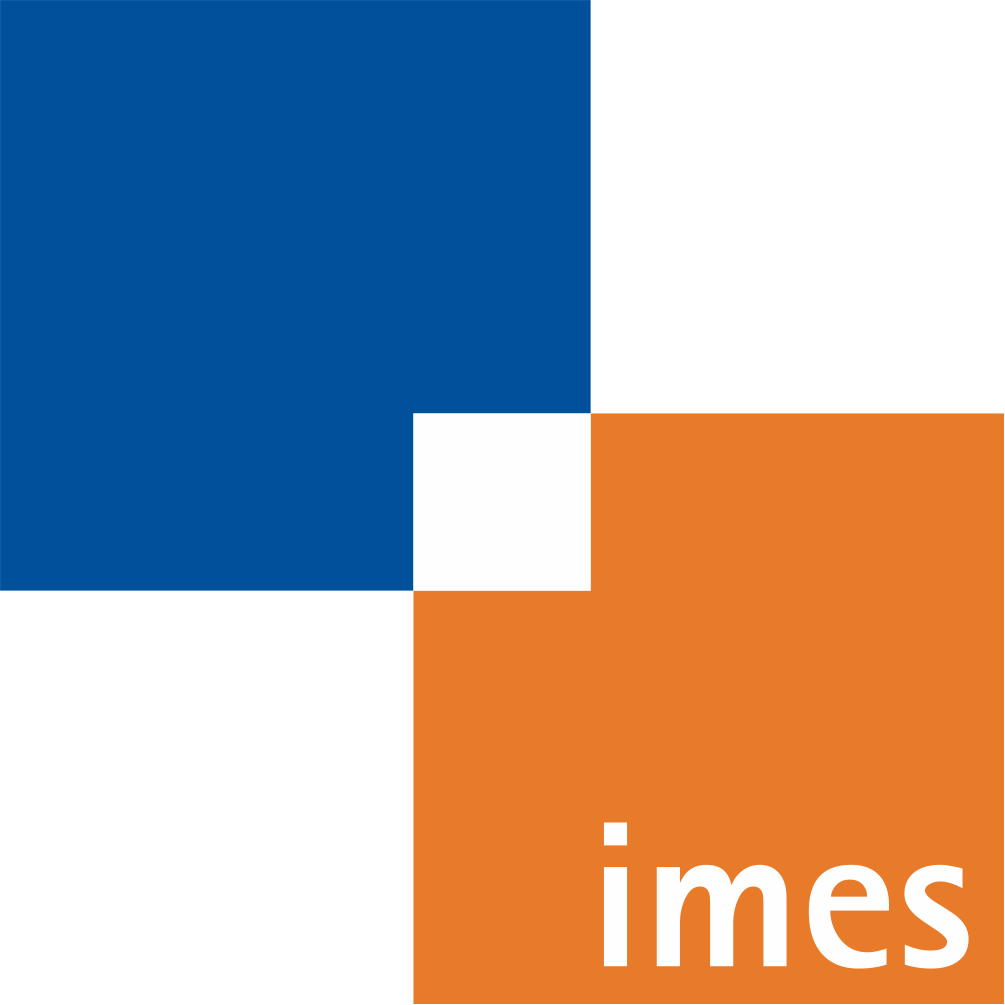Design considerations for patient-specific surgical templates for total hip arthroplasty with respect to acetabular cartilage
- verfasst von
- Samuel Müller, Intsar Ahmad, Manuel Kraemer, Michael Utz, Johannes Gaa, Lüder A. Kahrs, Tobias Ortmaier
- Abstract
Patient-specific instruments (PSIs) are clinically used to support the surgeon during a planned intervention. The planning is typically done based on volumetric image data from medical imaging systems, e.g. computed tomography (CT). The PSI uses the known surface structure of a bone for orientation during the intervention. Some surfaces of human bone are covered with a layer of cartilage which is hardly visible in clinically applied CT-imaging. This experimental study investigates ten different PSI designs and their effect to the overall accuracy when neglecting the cartilage in the design process. Therefore, a model of an acetabulum is used to simulate the use case of PSI in total hip arthroplasty. The concept of the different designs is to create structural elasticities in the PSI to avoid shifting of the whole instrument and rather have a small part of it deformed by cartilage. A needle array structure, for instance, should also be able to oust or penetrate remaining soft tissue in the acetabulum.
- Organisationseinheit(en)
-
Institut für Mechatronische Systeme
- Externe Organisation(en)
-
Medizinische Hochschule Hannover (MHH)
Aesculap AG
- Typ
- Artikel
- Journal
- Biomedizinische Technik
- Band
- 62
- Seiten
- 263-269
- Anzahl der Seiten
- 7
- ISSN
- 0013-5585
- Publikationsdatum
- 24.05.2017
- Publikationsstatus
- Veröffentlicht
- Peer-reviewed
- Ja
- ASJC Scopus Sachgebiete
- Biomedizintechnik
- Elektronische Version(en)
-
https://doi.org/10.1515/bmt-2016-0020 (Zugang:
Geschlossen)
